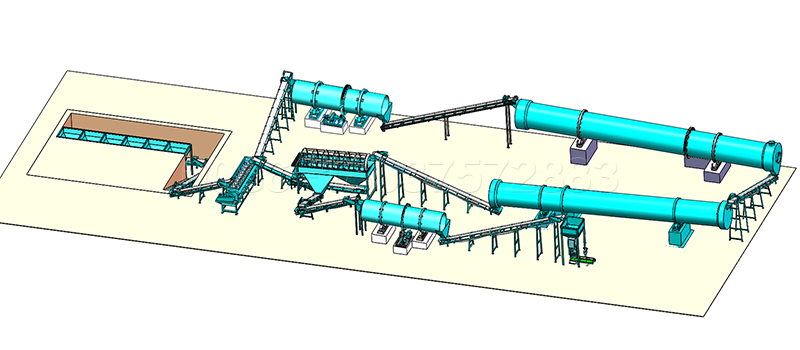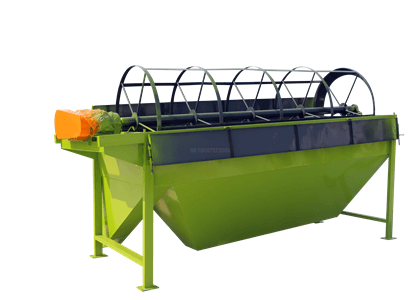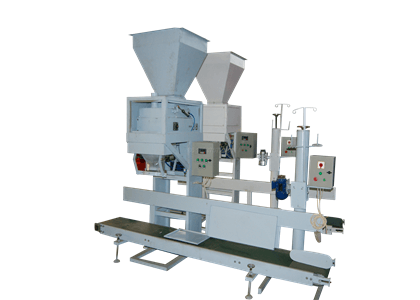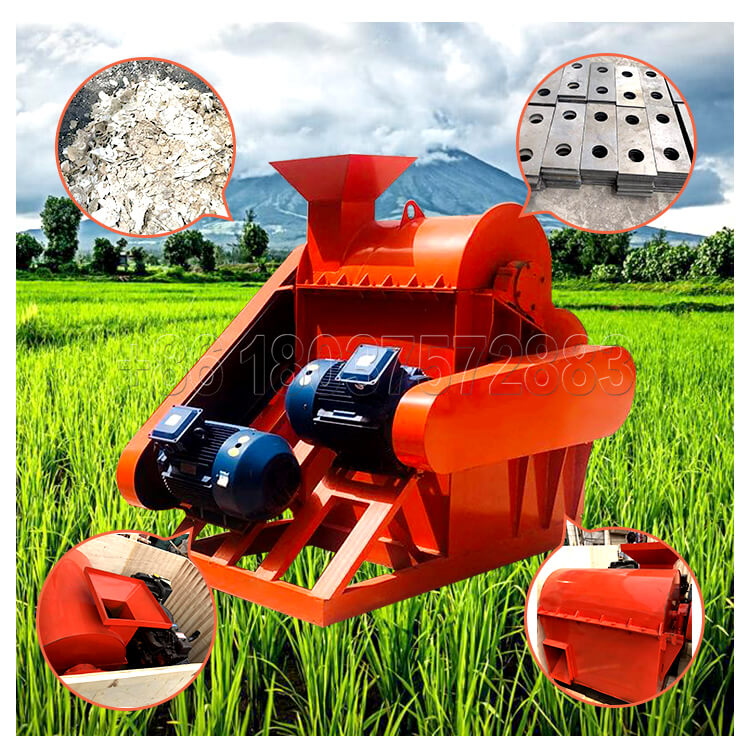The whole process of a set of organic fertilizer production machine includes: Fermentation - crushing - stirring - granulation - drying - Screening - packaging, which is mainly divided into the following parts.
More detailed info, welcome go to https://compostturnermachine.com/
1. First of all, livestock manure and other raw materials should be fermented and decomposed. In the whole fermentation process, harmful bacteria can be killed, which is also the most important in the whole organic fertilizer manufacturing process.
2. Secondly, the semi wet material crusher of organic fertilizer crushing equipment should be used to preliminarily decompose the raw materials.
3. Batching is the key link of fertilizer production. Its main function is to add appropriate components in proportion to enrich the content of organic matter and improve the quality of organic fertilizer.
4. Granulation is the most important part of the whole process. Pelletizing with disc granulator or other pelletizing equipment. We provide granulator, organic fertilizer granulator, drum granulator and other granulation equipment, which are suitable for different raw materials.
5. The temperature of the material is high during the drying process and needs to be cooled. Because water cannot be used for cooling, cooling equipment is needed here.
6. Screening is to screen out the unqualified granular fertilizer, and return the unqualified materials to the production line for qualified treatment and reprocessing. The screening equipment here has the advantages of high efficiency and convenient operation.
7. The mixed materials are made into the required particles, which is especially suitable for materials with high viscosity.
8. The mixer material shall meet the production process requirements, such as pressure resistance, temperature resistance, medium corrosion resistance, product cleanliness, etc. Due to different materials, the manufacturing process and structure of mixer are also different.
The purpose of transportation is to transport the finished products to a higher position.
10. Packaging is the last link of fertilizer equipment to protect the products in circulation, facilitate storage and transportation and promote sales.









